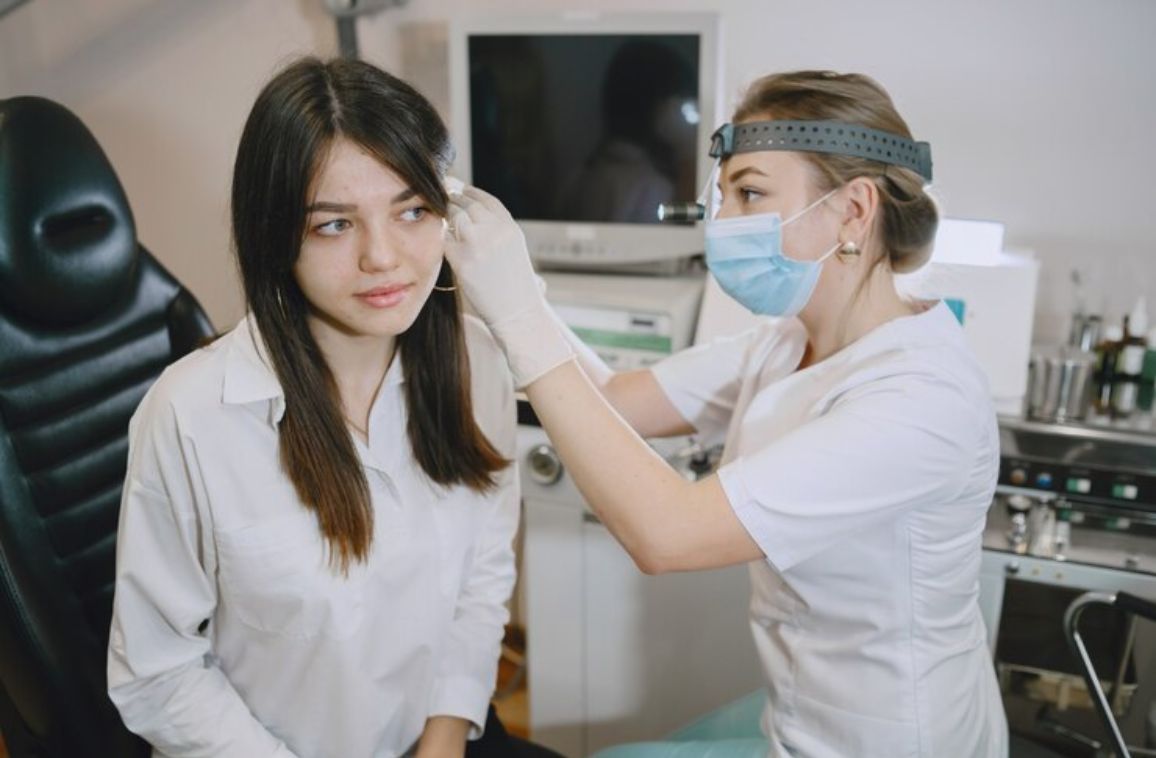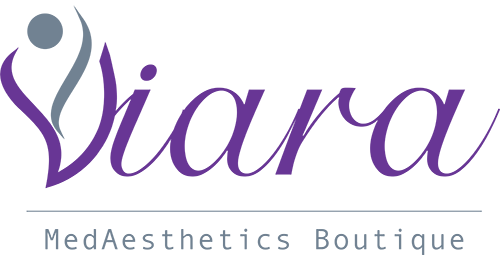Earlobe repair does offer solutions for individuals with stretched, split, or torn earlobes. This sort of surgical procedure helps restore the appearance and function of damaged earlobes, thus allowing patients to regain their confidence and, if desired, safely wear earrings again.
The procedure has indeed evolved significantly, with different modern techniques now available to address earlobe damage.
This comprehensive guide explores the journey from diagnosis to recovery, covering essential aspects like finding qualified surgeons and learning different surgical techniques.
Earlobe Damage
Earlobe injuries can impact appearance and function, ranging from minor tears to complete splits. Understanding these conditions helps in seeking appropriate treatment and preventing further damage.
Common Types of Earlobe Injuries
The ear’s delicate structure does make it susceptible to several forms of damage. Common earlobe injuries do include:
- Gradual stretching from heavy earrings.
- Traumatic splits from pulled jewelry.
- Blunt trauma to the earlobe thus causing accumulation of the blood or fluid to the cartilage underneath (cauliflower ear).
- Intentional stretching damage rather than gauging.
- Contact sports injuries that lead to tissue damage.
- Allergic reactions cause inflammation.
- keloid.
Risk Factors and Prevention
Several factors do increase the likelihood of earlobe damage. The strain from heavy earrings is, of course, quite significant, as it can gradually stretch the respective connective tissue, thus leading to elongation or complete splits. To prevent earlobe damage, experts recommend these essential steps:
- Avoid wearing heavy earrings for extended periods.
- Remove earrings before sleeping.
- Use proper ear protection during contact sports.
- Maintaining good ear hygiene.
- Choose hypoallergenic jewelry materials.
When to Seek Medical Attention?
Medical intervention does become essential when specific symptoms appear. Immediate medical attention is indeed required if there is severe bleeding, intense pain, or perhaps signs of infection. People need to consult a doctor when experiencing:
- Persistent swelling or even redness lasting more than two weeks.
- Signs of infection, pus discharge, and ulcer formation.
- Complete or perhaps partial avulsion requiring surgical repair.
- Structural deformity affecting appearance.
- Difficulty wearing earrings due to damage.
- Keloid formation.
A comprehensive physical examination is the foundation of earlobe repair diagnosis. Doctors do conduct detailed visual and tactile assessments. The examination includes:
- Assessment of earlobe tissue condition.
- Evaluation of tear size.
- Checking for signs of infection.
- Examination of surrounding skin health.
- Analysis of natural earlobe symmetry.
Imaging Requirements of Ear Lobe Repair
While most earlobe repairs do not require extensive imaging, certain cases may need additional diagnostic tools. Complex cases or injuries that involve deeper structures require imaging studies, particularly when trauma extends beyond the earlobe.

Treatment
Treatment planning involves careful evaluation of multiple factors to ensure successful repair. Treatment options do include:
- Surgical Techniques: Surgical techniques for earlobe repair have evolved much, thus offering patients various options based on their specific conditions and also desired outcomes. Modern surgical approaches combine traditional methods with advanced techniques meant to achieve optimal results.
- Traditional Repair Methods: The foundation of earlobe repair involves several established techniques that have proven effective over time. Straight-line repair is the most common approach, suitable for simple tears. Surgeons typically employ these fundamental methods:
-
- Simple linear closure with excision.
- Pardue technique to preserve the original piercing.
- The Z-plasty technique is meant to prevent notching.
- L-plasty to maintain natural contour.
- Advanced Reconstruction Options: Modern earlobe reconstruction incorporates sophisticated techniques that offer improved outcomes. There are several options for reconstructing defects of the lobule, providing both functional and aesthetic benefits.
Recovery Journey
After earlobe repair, recovery does require careful attention to post-operative care instructions for optimal healing. Patients experience minimal downtime, thus allowing them to return to most daily activities as soon as possible after the procedure.
Immediate Post-surgery Care
The initial 48 hours after earlobe repair are indeed crucial for proper healing. Patients need to keep their heads in an elevated position while sleeping and also avoid pressure or stretch on the repaired ear lobe. Essential care steps include:
- Applying antibiotic ointment twice daily.
- Keeping the area dry for the initial 48 hours.
- Use gentle cleaning methods with mild soap and lukewarm water.
- Avoid direct contact with the hairspray and also makeup.
- Monitoring for any signs of complications.
Long-term Healing Timeline
Complete healing after earlobe repair does take six to eight weeks. During the first week, patients can experience mild swelling, bruising, and also numbness, which usually subsides within a span of a few days. Doctors typically remove sutures between 10 to 12 days post-procedure. The surgeon does start the patient on scar therapy around three to four weeks after surgery, including massage techniques and also medical-grade topical scar gel.
Activity Restrictions
Following activity guidelines does ensure proper healing and also optimal results. Key restrictions do include:
- Avoid swimming pools as well as hot tubs for the initial two weeks.
- Wait at least 6 weeks before wearing any earrings.
- No re-piercing for 8 weeks after the procedure.
- Avoid direct sun exposure for 3-4 months post-surgery.
Patients need to be careful while using hair brushes or wearing clothes that might catch on the ear. Most individuals can indeed resume normal daily activities immediately after surgery, although they should maintain caution to protect the healing site.
Conclusion
Earlobe repair is considered to be a reliable solution for people dealing with damaged or torn earlobes.
